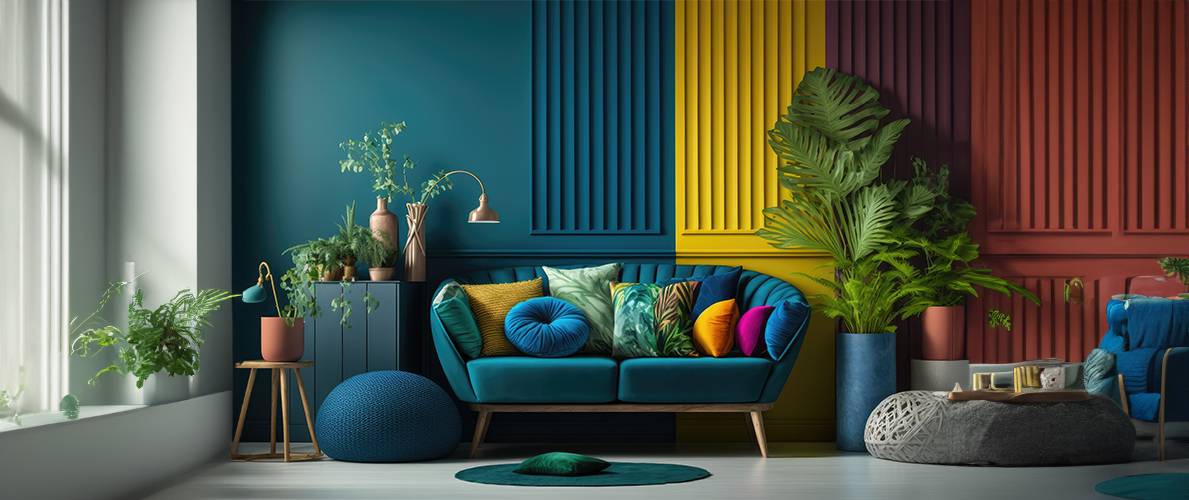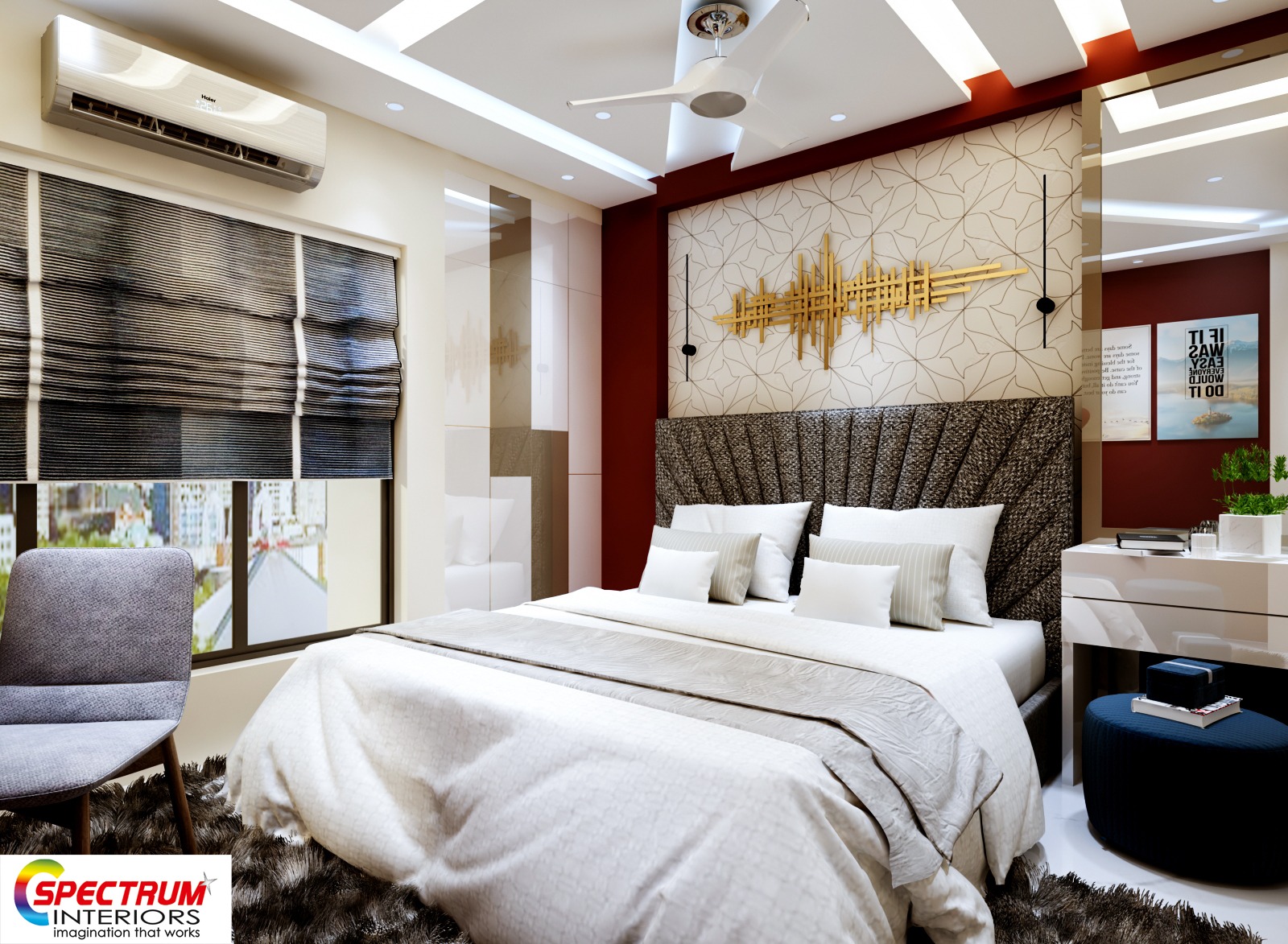Partner with an expert Architecture Firm to build your vision.
Partner with an expert Architecture Firm to build your vision.
Blog Article
Transform Your Home With Necessary Concepts of Inside Style and Visual Appeals
The art of transforming your home with the necessary concepts of interior decoration and visual appeal calls for a thoughtful approach that harmonizes shade, balance, and spatial awareness. By comprehending the effect of color theory and the significance of texture and patterns, one can develop rooms that are not just aesthetically attractive however likewise deeply individual. Accomplishing this equilibrium entails even more than simple design; it encompasses a tactical plan and a keen understanding of how each component connects within a room. As we discover these foundational concepts, consider just how they could redefine your understanding of home and individual expression.
Recognizing Color Concept
Comprehending the principles of shade theory enables designers to produce spaces that reverberate psychologically with owners while satisfying useful needs. Each category plays a crucial role in establishing harmony within an area.
The psychological influence of shades is profound; warm colors such as reds and oranges stimulate power and warmth, while great tones like blues and environment-friendlies promote calmness and harmony. Additionally, using complementary colors enhances visual rate of interest, developing striking contrasts that can boost a room's charm.
Neutral colors, on the other hand, act as a functional background, enabling various other style aspects to radiate. It is necessary to consider elements such as lighting and the room's purpose when selecting a color palette, as these can change the understanding of colors throughout the day.
Ultimately, a well-considered color scheme can transform an area, promoting a sense of comfort and design that straightens with the citizens' preferences. Mastery of color theory is, therefore, a vital ability for any type of indoor developer aiming to create unified and welcoming atmospheres.
Achieving Balance in Layout
Exactly how can designers achieve a feeling of balance in their areas? Accomplishing balance in design is basic to developing unified insides. Designers can utilize 3 main kinds of balance: symmetrical, unbalanced, and radial. In proportion balance entails setting up aspects evenly around a main factor, fostering a sense of order and serenity. This type commonly features sets of furniture or art work, improving visual security.
Asymmetrical equilibrium, on the other hand, depends on differing components that still achieve a natural look. This technique permits for more vibrant and informal plans, giving rate of interest while keeping balance. By carefully choosing differing sizes, shades, and appearances, developers can develop a visually engaging room that feels balanced yet energised.
Radial equilibrium emphasizes a main prime focus with components emitting outside. This design is frequently seen in circular layouts, where furnishings and decor produce a natural border that attracts the eye internal.
Ultimately, accomplishing equilibrium calls for thoughtful consideration of range, proportion, and the partnerships in between elements. miami interior design. By masterfully applying these equilibrium concepts, developers can change rooms into atmospheres that really feel both visually pleasing and functionally harmonious, improving the general experience for owners
Relevance of Spatial Understanding

An eager feeling of spatial recognition permits developers to identify prime focus within a room, visit this site right here directing the audience's interest to essential attributes while keeping a total feeling of unity. It also helps in the tactical positioning of illumination, which can dramatically influence the perception of space and mood. Understanding spatial connections allows the designer to provide to the certain requirements of residents, guaranteeing that each location serves its intended objective without jeopardizing aesthetic appeals.
Eventually, spatial awareness is crucial for taking full advantage of the capacity of any indoor area. By carefully taking into consideration the interplay between measurements, design, and feature, designers can create settings that not just satisfy useful needs however also stimulate a sense of convenience and appeal, enhancing the total living experience.
Integrating Appearance and Patterns
Accepting a varied variety of textures and patterns can dramatically improve the aesthetic and tactile charm of an interior room. The critical use of numerous materials-- such as timber, metal, material, and rock-- produces deepness and rate of interest, making an area feel a lot more inviting and dynamic. For circumstances, combining smooth surface areas with harsh structures can develop a balance that draws the eye and involves the senses.
When integrating patterns, consider both find scale and repeating. Huge patterns can offer as centerpieces, while smaller, subtle layouts can enhance other elements without overwhelming the area. Layering patterns, such as pairing flower paddings with candy striped tosses, includes complexity and a feeling of harmony if carried out thoughtfully.
It check my reference is also essential to maintain a natural shade palette, making certain that appearances and patterns collaborate as opposed to compete for focus. By choosing a few key appearances and patterns, you can produce a merged aesthetic that mirrors your individual style while boosting the general atmosphere of the space. Ultimately, the mindful incorporation of these components can change a mundane space right into an advanced atmosphere abundant with character and warmth.
Individualizing Your Area
Developing a space that shows your personality is vital to attaining a genuinely inviting setting. Personalization in interior decoration allows you to instill your special style and passions into your home, transforming it from a mere sanctuary into a haven that talks with who you are. Begin by picking a color combination that reverberates with your emotions-- vibrant colors can energize, while soft tones use tranquility.
Include artwork and decor that show your passions, whether it be travel, nature, or abstract principles. Showing individual collections, such as publications, photos, or keepsakes, can evoke treasured memories and create centerpieces within an area. Additionally, think about customizing practical items, like upholstered furniture, to line up with your visual choices.

Final Thought
In conclusion, the change of a home via the important principles of interior decoration and aesthetic appeal demands a comprehensive understanding of color theory, equilibrium, spatial awareness, texture, and customization. Each component contributes considerably to producing an unified and useful living setting - luxury interior design. By attentively incorporating these concepts, people can enhance the visual allure and emotional resonance of their spaces, ultimately fostering a home that reflects distinct identities while offering comfort and usefulness
Report this page